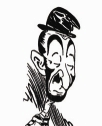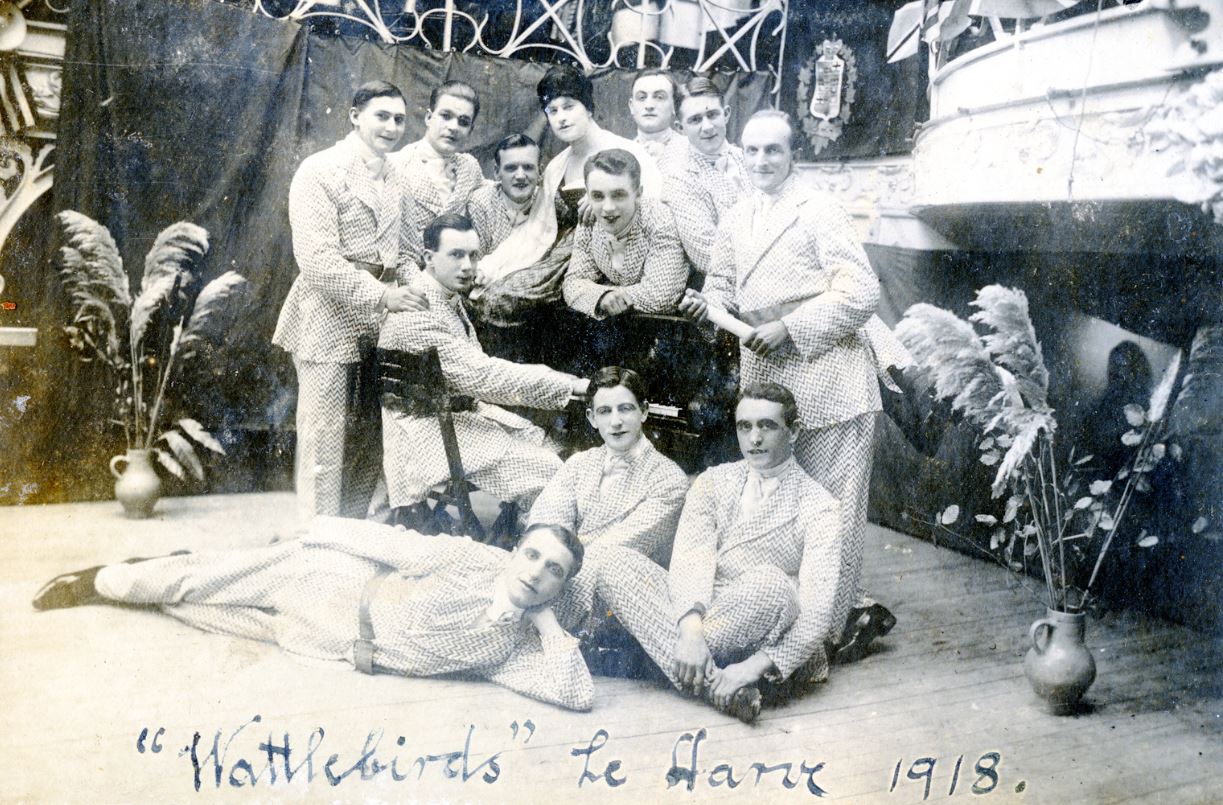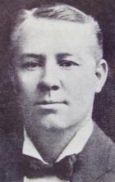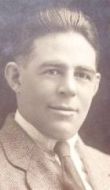AustLit
-
Australian Popular Theatre was established in 2006 with a focus on variety theatre of the 19th and early 20th century. It provides information on a large number of Australian-based stage artists and writers. It also covers the scripts, designers, entrepreneurs, and others in this rich area of popular culture history.
To date, this era has received little analysis, but is increasingly being recognised as a key site for the expression of ideas about Australian people, identities, and behaviour.
-
This dataset contains details about live theatre activities offered as popular entertainment, including short, and not necessarily story-based, stage acts such as sketches, comic performances, and vaudeville turns. AustLit records cover revues, ‘revusicals’, pantomimes, musicals, burlesques, extravaganzas and other forms of theatrical entertainment. Biographical information on performers, writers/librettists, composers/songwriters, entrepreneurs, and other industry practitioners is provided, where known.
Emergence
Chronologically, the dataset begins with the emergence of variety theatre in the 1850s; a period when minstrelsy, pantomime and burlesque dominated the Australian popular stage. The second half of the nineteenth century saw increasing numbers of overseas performers and entrepreneurs touring Australia, bringing with them new ideas and greater levels of professionalism. Some, like Harry Rickards and J. C. Williamson, eventually settled here, establishing permanent operations that, in turn, helped variety establish itself as the major creative industry in the years before and immediately after World War I. As the Australian population expanded rapidly around the country, so did the variety industry, leading to the employment of thousands of local performers, managers, writers, composers, scenic artists, costume makers and other ancillary theatre professionals.
Jazz Age
In the early twentieth century variety moved away from minstrelsy and burlesque, taking advantage of the fads and fashions of the ragtime and jazz age, and through genres such as the revusical, the follies and musical comedy. While ragtime music dominated variety entertainment during the 1900s and 1910s, jazz quickly became the new phenomenon in Australia following its introduction in 1918. By the early 1920s numerous jazz clubs had sprung up in the major cities while the jazz band also replaced the traditional pit-band.
The Depression and World War II Years
By the late 1920s live popular culture entertainment was no longer the dominant entertainment force in Australia, largely in response to increased competition from film (particularly the arrival of the 'talkies') and the advent of the 1930s' financial depression. Contrary to the long-held belief that variety theatre had all but died by the late-1920s, the industry continued to entertain audiences around Australia right throughout the 1930s, 1940s and 1950s, finding opportunities in the city suburbs, regional centres and through the nation's rapidly expanding club circuits. Variety artists also found other outlets. Radio and film offered initial opportunities for work and creative expression. It was the arrival of television in 1956, however, that allowed variety entertainment its greatest source of exposure since the late 1920s. Live popular culture theatre also maintained its presence during the 1950s and 1960s with revue companies like the Phillip Street Theatre.
Late Twentieth Century
The re-emergence of a strong live theatre industry in the early 1970s saw the Australian stage gradually expand its creative horizons to include numerous hybrid popular culture entertainment forms, particularly musical theatre works. The 1970s and 1980s in particular were a time when the search for the 'great Australian musical' became more apparent, leading to a plethora of styles ranging from traditional musical forms to rock opera and bio-musicals like The Boy from Oz (about Peter Allen) and Shout, about Johnny O'Keefe.
Although the Australian theatre industry in the twenty-first century struggles to compete against constant advances in technology, mass media entertainment and sport, this has not resulted in the abandonment of live popular culture entertainment. Australian Popular Theatre continues therefore to map its practice and dissemination, not only in the Australian context but also in the international arena.
See the Glossary for definition of terms used in the dataset.
You might be interested in...







